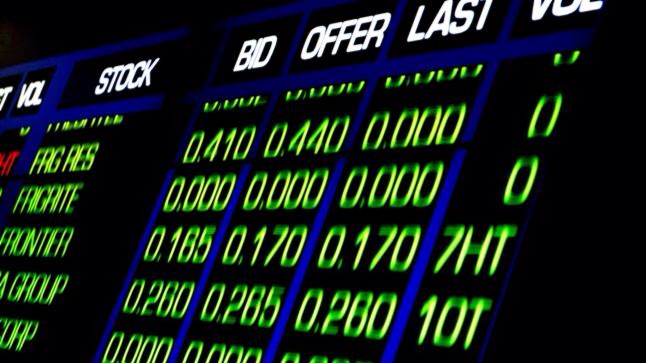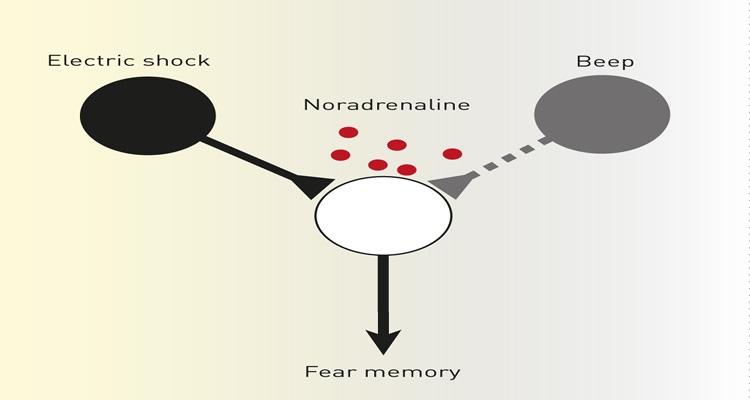PUBLISHED: 06 JAN 2015 00:08:28 | UPDATED: 06 JAN 2015 06:10:52
JOHN WASILIEV
#xjo put spread
#afr
+waiyeechen
All trading needs a view that traders and investors are prepared to back with cold hard cash. There are a range of opinions about the immediate outlook for Australian shares. They extend from the market not doing very much over the next month or so to the market experiencing a period of weakness before picking up as the year progresses.
Monday’s activity was in line with the first view as the first full trading week of the year was fairly lacklustre.
If the view is that Australian shares won’t do much worse over the next few weeks than the current 5400 to 5500 level for the ASX 200, one strategy that option traders might consider is a put option spread.
The strategy, says Ord Minnett senior derivatives adviser Wai-Yee Chen, focuses on looking to profit over the next month by trading the time value associated with XJO index options.
With the ASX 200 index potentially marking time around the 5400 level there is the opportunity, says Chen, for a more aggressive trader with this view to generate some income over the next 45 days between now and when the option expires on February 19. It’s a view that may eventuate due to a number of market influencing factors, she reckons. If there is switching, for instance, between sectors over the next couple of months.
There could be downside threats to industrials ahead of the reporting season while downtrodden resources such as Rio Tinto and Woodside may attract some demand from investors. The net of these influences could leave the Index around the 5400 level.
If this view plays out, says Chen, traders who sell the 5400 XJO February 2015 put can earn a credit of 86¢ while buying the 5300 put as a protective move for a maximum of 100-point downside, can generate 28.5¢ income per contract.
AN AGGRESSIVE STRATEGY
The strategy is an aggressive one as the maximum loss from the trade is 71.5¢ per contract which will happen of the index slumps below the 5300 level. On the other hand if it stays around the 5400 level or rallies beyond this the strategy will pay a profit of 28.5¢ per contract.
As derivatives strategies go, a put spread can have a multi purpose. Unlike an outright put option, which is generally employed by bearish traders, it can profit from a bull, bear or neutral market. But if the market does turn bearish traders will need an exit strategy to minimise any loss from this particular trade. There are market watchers who believe the Australian sharemarket will remain weak into the first half of 2015.





